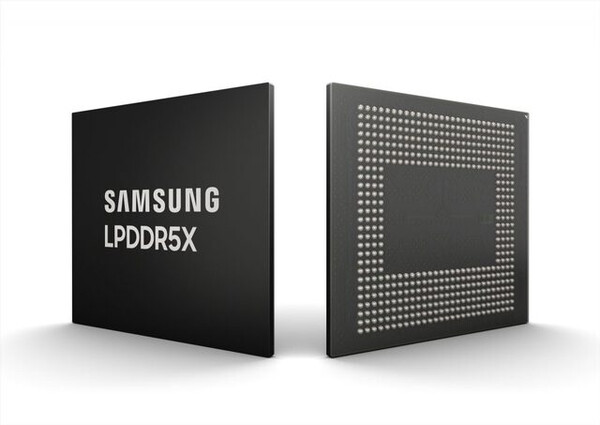Analysts Predict Strong Results as Demand for AI Servers Rises

All eyes are on Samsung Electronics as it approaches the possibility of achieving a quarterly operating profit of 10 trillion won for the first time in over a year. Many forecast that the company will show better-than-expected performance thanks to the semiconductor supercycle.
According to industry sources on Oct. 8, Samsung Electronics will release its preliminary third-quarter results on the morning of Oct. 14, right after the Chuseok holiday. Financial information provider FnGuide reports that the consensus for Samsung Electronics’ performance is 83.6875 trillion won in sales and 9.8164 trillion won in operating profit. However, some securities firms predict that operating profit will exceed 10 trillion won. This means the company could return to the 10 trillion won club for the first time in 1 year and 3 months since recording 10.44 trillion won in the second quarter of last year.
The key to this strong performance is semiconductors. In the second quarter of this year, Samsung Electronics’ operating profit was limited to 4.68 trillion won due to poor memory performance and foundry losses. However, the atmosphere changed in the third quarter. In particular, demand for general-purpose memory centered on artificial intelligence (AI) servers has revived, bringing favorable winds. As a result, Samsung Electronics recently raised DRAM prices significantly. An industry official said, “The benefits of DRAM price increases will begin in earnest from the fourth quarter,” adding, “This means that semiconductor performance can continue its high-flying trend for the time being.”
The foundry business, which had been a sore spot posting quarterly losses of around 2 trillion won throughout the first half of the year, is estimated to have reduced its loss to less than 1 trillion won. The market predicts that operating profit in the semiconductor division could increase to more than 5 trillion won in the third quarter.
Kim Hyung-tae, an analyst at Shinhan Securities, said, “Concerns related to foundry and high bandwidth memory (HBM), which have been the causes of poor performance, are easing,” adding, “Comprehensive benefits will be reflected due to the faster-than-expected recovery of the general-purpose memory market.”


